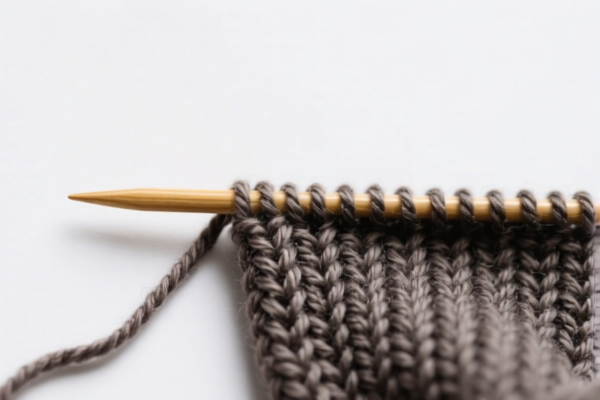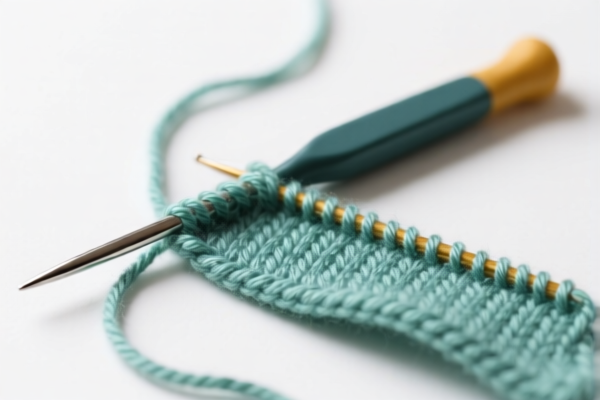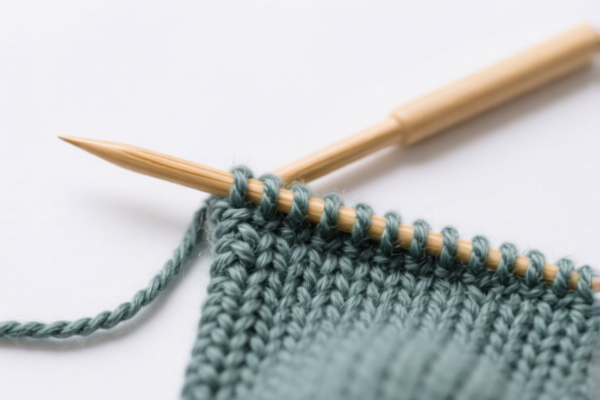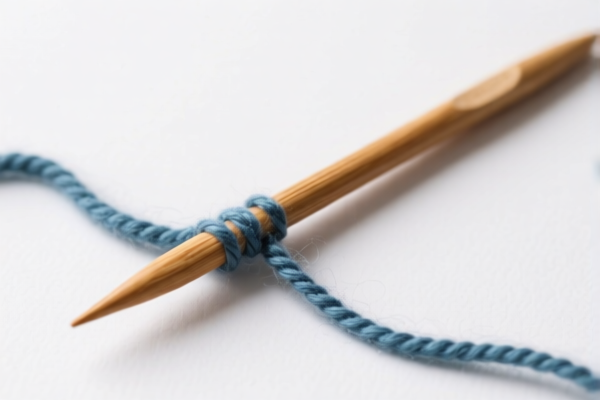| HS Code | Official Doc | Tariff Rate | Origin | Destination | Effective Date |
|---|---|---|---|---|---|
| 8207904500 | Doc | 34.8% | CN | US | 2025-05-12 |
| 8207907545 | Doc | 33.7% | CN | US | 2025-05-12 |
| 8208903000 | Doc | 55.0% | CN | US | 2025-05-12 |
| 8208906000 | Doc | 55.0% | CN | US | 2025-05-12 |
| 8452300000 | Doc | 37.5% | CN | US | 2025-05-12 |




Sewing Machine Needle
A sewing machine needle is a critical component of a sewing machine, responsible for carrying the thread through fabrics to create stitches. Its design and characteristics significantly impact stitch quality, fabric compatibility, and overall sewing performance.
Material
Sewing machine needles are predominantly manufactured from high-carbon steel. This material provides the necessary strength and durability for repeated piercing of fabric. The needles are often coated with various materials to improve performance:
- Nickel Plating: Provides corrosion resistance and a smoother surface for thread glide.
- Chrome Plating: Offers increased strength and resistance to wear.
- Titanium Coating: Enhances durability, reduces friction, and is suitable for tougher fabrics.
Purpose
The primary purpose of a sewing machine needle is to form a loop with the thread, carry that loop through the fabric, and interlock it with a second thread to create a secure stitch. The specific design of the needle influences the type of stitch formed and the suitability for different fabrics and sewing techniques.
Function
A sewing machine needle performs several key functions:
- Piercing: Penetrates the fabric layers without causing excessive damage.
- Thread Delivery: Accurately guides the thread through the fabric.
- Loop Formation: Creates a loop of thread on the needle's underside, which is then interlocked with the bobbin thread.
- Fabric Separation: Minimizes fabric distortion and prevents skipped stitches.
Usage Scenarios
Sewing machine needles are utilized in a wide range of applications, including:
- Home Sewing: Garment construction, alterations, quilting, crafting.
- Industrial Sewing: Mass production of clothing, upholstery, leather goods, and other textile products.
- Embroidery: Creating decorative designs on fabric.
- Quilting: Joining multiple layers of fabric to create quilts.
Common Types
Sewing machine needles are classified based on their shape, size, and point. Here's a breakdown of common types:
- Universal Needles: The most common type, suitable for woven and knit fabrics. They have a slightly rounded point. (Sizes 70/10 to 110/18)
- Ballpoint Needles: Designed for knit fabrics to prevent snagging and running. They have a rounded tip that slides between the fibers.
- Sharp Needles (Microtex): Have a very sharp, fine point for piercing tightly woven fabrics like silk, denim, and leather.
- Stretch Needles: Feature a rounded point and a special eye to prevent damage to elastic fabrics.
- Leather Needles: Have a wedge-shaped point to pierce leather without causing excessive tearing.
- Quilting Needles: Stronger and more durable than universal needles, designed for multiple fabric layers.
- Embroidery Needles: Have a slightly rounded point and a larger eye to accommodate embroidery floss.
- Twin Needles/Double Needles: Used to create parallel rows of stitching for decorative effects.
- Triple Needles: Creates three parallel rows of stitching.
Needle sizes are expressed in a metric/US system (e.g., 70/10, 80/12). A smaller number indicates a finer needle, suitable for delicate fabrics, while a larger number indicates a coarser needle, suitable for heavier fabrics.
Sewing Machine Needles – HS Code Classification
Based on the provided information, the following HS codes are relevant to “sewing machine needle”:
- 8452.30.00
- Chapter 84: Sewing machines, other than book-sewing machines of heading 8440; furniture, bases and covers specially designed for sewing machines; sewing machine needles; parts thereof. This chapter broadly covers machinery for stitching and related components.
- Heading 8452: Specifically addresses sewing machines (excluding book-sewing machines), their furniture/bases, and crucially, sewing machine needles and their parts.
- Subheading 8452.30: Pinpoints “Sewing machine needles”. This is the most specific classification for the declared goods.
Tax Rate Details: * Basic tariff: 0.0% * Additional tariff: 7.5% * Additional tariff after 2025.4.2: 30% * Total tariff: 37.5%
Important Note: According to the provided information, the declared goods fall under the category of sewing machine needles, which are subject to a 7.5% additional tariff currently, increasing to 30% after April 2, 2025.
Customer Reviews
No reviews yet.